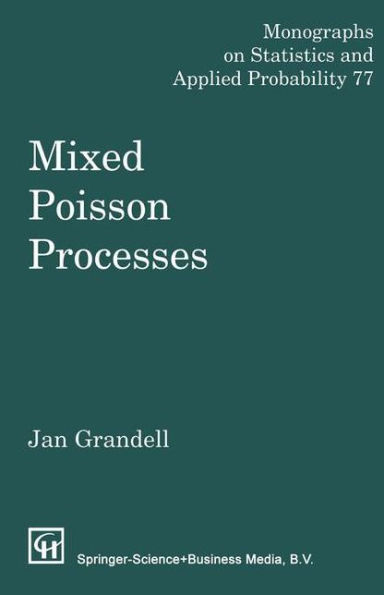Home
The Poisson-Boltzmann Equation: An Introduction
Barnes and Noble
The Poisson-Boltzmann Equation: An Introduction
Current price: $54.99


Barnes and Noble
The Poisson-Boltzmann Equation: An Introduction
Current price: $54.99
Size: Paperback
Loading Inventory...
*Product information may vary - to confirm product availability, pricing, shipping and return information please contact Barnes and Noble
This brief book introduces the Poisson-Boltzmann equation in three chapters that build upon one another, offering a systematic entry to advanced students and researchers. Chapter one formulates the equation and develops the linearized version of Debye-Hückel theory as well as exact solutions to the nonlinear equation in simple geometries and generalizations to higher-order equations.
Chapter two introduces the statistical physics approach to the Poisson-Boltzmann equation. It allows the treatment of fluctuation effects, treated in the loop expansion, and in a variational approach. First applications are treated in detail: the problem of the surface tension under the addition of salt, a classic problem discussed by Onsager and Samaras in the 1930s, which is developed in modern terms within the loop expansion, and the adsorption of a charged polymer on a like-charged surface within the variational approach.
Chapter three finally discusses the extension of Poisson-Boltzmann theory to explicit solvent. This is done in two ways: on the phenomenological level of nonlocal electrostatics and with a statistical physics model that treats the solvent molecules as molecular dipoles. This model is then treated in the mean-field approximation and with the variational method introduced in Chapter two, rounding up the development of the mathematical approaches of Poisson-Boltzmann theory.
After studying this book, a graduate student will be able to access the research literature on the Poisson-Boltzmann equation with a solid background.
Chapter two introduces the statistical physics approach to the Poisson-Boltzmann equation. It allows the treatment of fluctuation effects, treated in the loop expansion, and in a variational approach. First applications are treated in detail: the problem of the surface tension under the addition of salt, a classic problem discussed by Onsager and Samaras in the 1930s, which is developed in modern terms within the loop expansion, and the adsorption of a charged polymer on a like-charged surface within the variational approach.
Chapter three finally discusses the extension of Poisson-Boltzmann theory to explicit solvent. This is done in two ways: on the phenomenological level of nonlocal electrostatics and with a statistical physics model that treats the solvent molecules as molecular dipoles. This model is then treated in the mean-field approximation and with the variational method introduced in Chapter two, rounding up the development of the mathematical approaches of Poisson-Boltzmann theory.
After studying this book, a graduate student will be able to access the research literature on the Poisson-Boltzmann equation with a solid background.


















